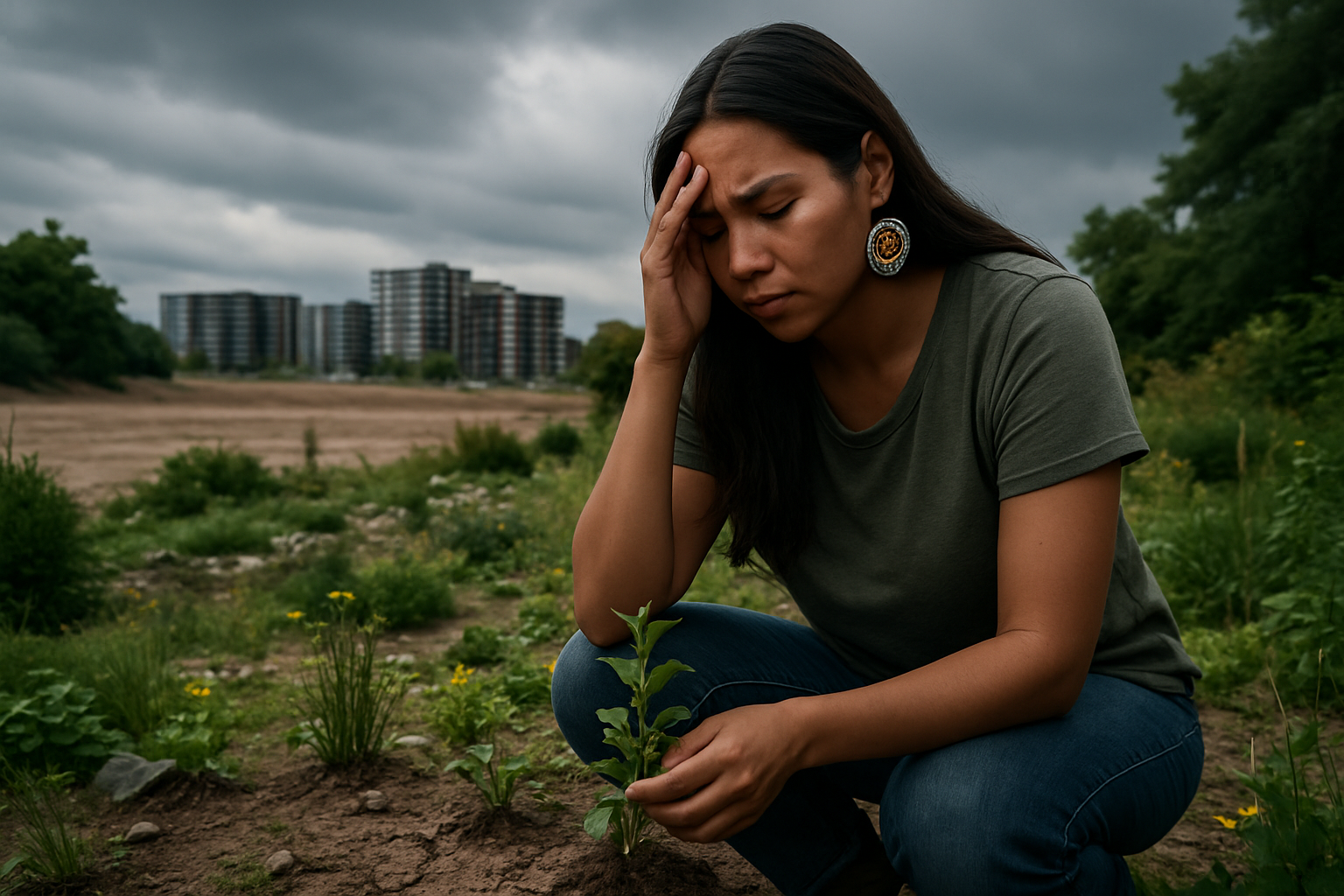Solastalgia: The Emotional Cost of Environmental Change
In an era of rapid ecological transformation, a new psychological phenomenon is emerging. Solastalgia, the distress caused by environmental change, is reshaping our emotional landscape. As climate shifts and habitats alter, many are experiencing a profound sense of loss and displacement—even in familiar surroundings. Read below to explore this growing concern and its implications for mental health, community resilience, and our relationship with the natural world.

The term combines solace, desolation, and nostalgia to capture the unique pain of witnessing one’s home environment deteriorate. It’s not just about physical changes; it’s about the loss of comfort, identity, and belonging that comes with environmental degradation. As climate change accelerates and human activities continue to alter landscapes, solastalgia is becoming increasingly relevant worldwide.
The Psychological Toll of a Changing World
Research has shown that solastalgia can have significant mental health implications. Studies in areas affected by natural disasters, industrial activities, and climate change have found increased rates of anxiety, depression, and substance abuse. The slow, chronic nature of many environmental changes can lead to a pervasive sense of powerlessness and grief.
Psychologists are beginning to recognize solastalgia as a distinct form of place-based distress. It challenges traditional notions of mental health by highlighting the deep connections between human wellbeing and environmental conditions. As ecosystems change, so too does our sense of self and community, leading to a complex interplay of individual and collective trauma.
Cultural and Social Dimensions
Solastalgia doesn’t affect all communities equally. Indigenous peoples and those with strong ties to the land often experience it most acutely. For many indigenous cultures, the environment is not just a backdrop but an integral part of identity, spirituality, and way of life. Environmental changes can therefore represent a profound cultural loss.
In urban areas, solastalgia manifests differently but is no less real. City dwellers may experience distress over the loss of green spaces, changing skylines, or the impacts of urban heat islands. The concept challenges us to consider how rapid urban development and gentrification can create a sense of alienation and loss among long-time residents.
Coping Strategies and Resilience
As awareness of solastalgia grows, so do efforts to address it. Environmental psychologists and community organizers are developing strategies to build resilience and cope with eco-anxiety. These approaches often focus on fostering connection—both with nature and with other people experiencing similar distress.
Community gardens, restoration projects, and citizen science initiatives are emerging as powerful tools. By actively engaging in environmental stewardship, individuals can regain a sense of agency and connection. These activities not only benefit local ecosystems but also provide a sense of purpose and community that can counteract feelings of helplessness.
Solastalgia as a Catalyst for Change
While solastalgia represents a significant challenge, it also offers opportunities. The emotional response to environmental change can be a powerful motivator for action. As more people experience and recognize solastalgia, it has the potential to drive broader environmental awareness and advocacy.
Some researchers argue that solastalgia could play a crucial role in mobilizing climate action. By making the abstract concept of global environmental change personal and emotionally relevant, it may bridge the gap between scientific knowledge and public engagement. The shared experience of solastalgia could foster a collective determination to protect and restore our environments.
Looking to the Future
As we grapple with the realities of a changing planet, understanding and addressing solastalgia will become increasingly important. It challenges us to rethink our relationship with place and nature, and to consider the psychological dimensions of environmental policy and urban planning.
The concept of solastalgia reminds us that our environments are not just physical spaces but are deeply intertwined with our identities, cultures, and mental health. As we work towards environmental sustainability, we must also cultivate emotional and community resilience. By acknowledging and addressing solastalgia, we can hope to navigate the challenges of environmental change with greater compassion and unity.





